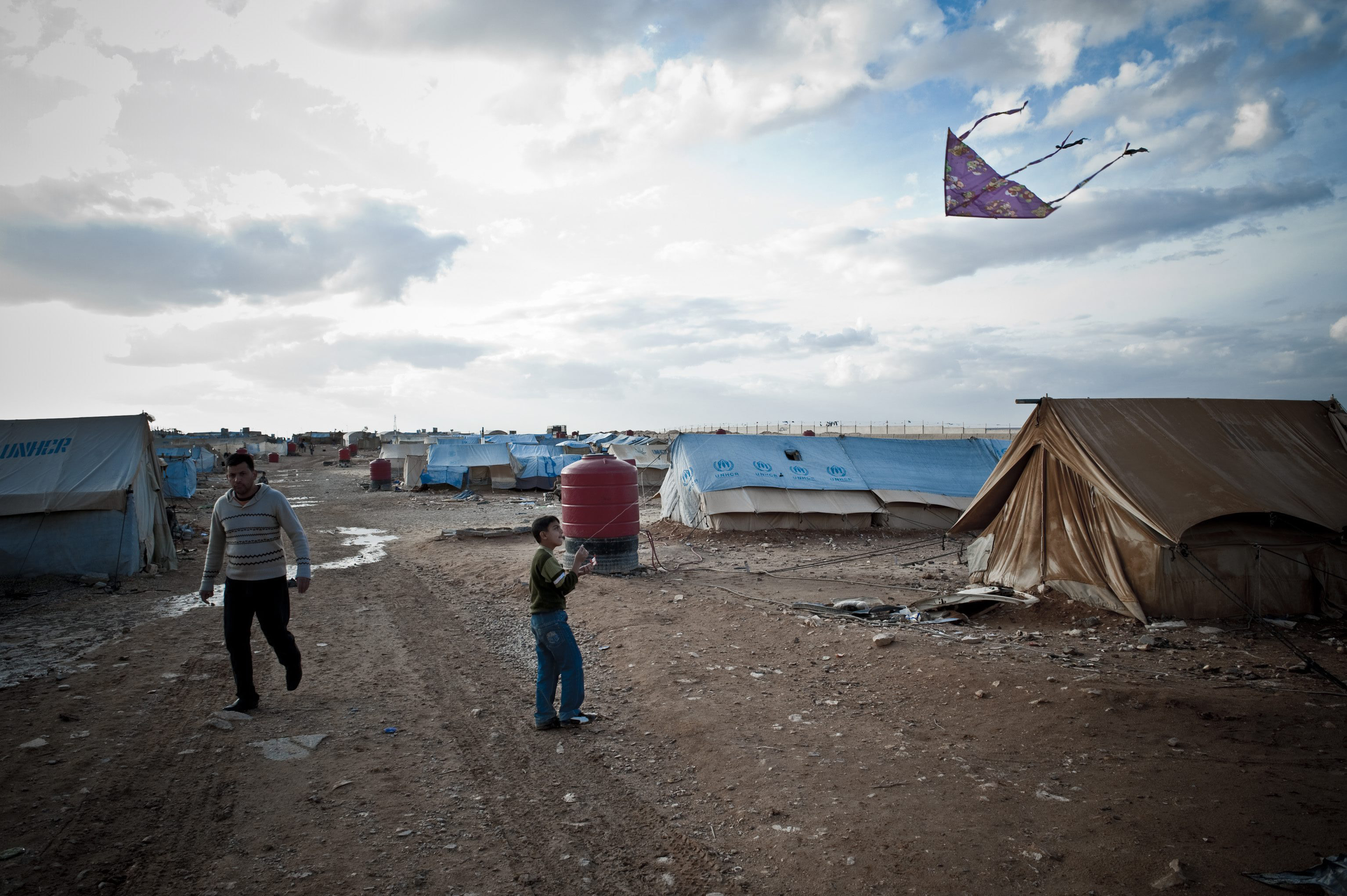With the onset of the crisis in Syria in 2011, UNHCR expanded the scope of its operations to respond to the humanitarian needs of increasing number of internally displaced persons (IDPs), asylum-seekers and refugees, and host communities.
Against the above backdrop, in addition to maintaining a refugee operation, responding to the needs of some 55,000 refugees and asylum seekers, UNHCR’s response to the Syrian displacement crisis is conducted in the framework of the Humanitarian Response Plan (HRP), through a Country Office and Sub\Field Offices in Damascus, Aleppo, Qamishli, Tartous, Homs, Hama and Sweida, operating with a workforce of national and international staff and 40 international and national NGO partners.
UNHCR’s activities encompass provision of life-saving/life-sustaining assistance, mitigation of protection risks and response to protection needs, self-reliance, livelihoods, as well as winterization programme and response to the urgent needs of spontaneous returnees and the preparation for an eventual facilitated repatriation of refugees from neighboring countries and further afield when conditions for return in safety and dignity emerge.
In 2017, UNHCR reached 2.6 million crisis-affected people with a basket of community-based protection services, including legal counselling, support on issues of documentation, as well as SGBV and Child Protection activities, provided through 92 community centres, 10 satellite centres and 58 mobile units, supported by 2,190 Outreach Volunteers (ORVs), operating in 13 governorates.
UNHCR, through the Shelter/NFI sector it leads, provided in 2017 SNFI assistance to 4,288,563 individuals, including 3,381,644 (78%) through the regular program and 906,919 (22%) through crossline and cross-border convoys. Moreover, 1.6 million people were reached with winter assistant.

